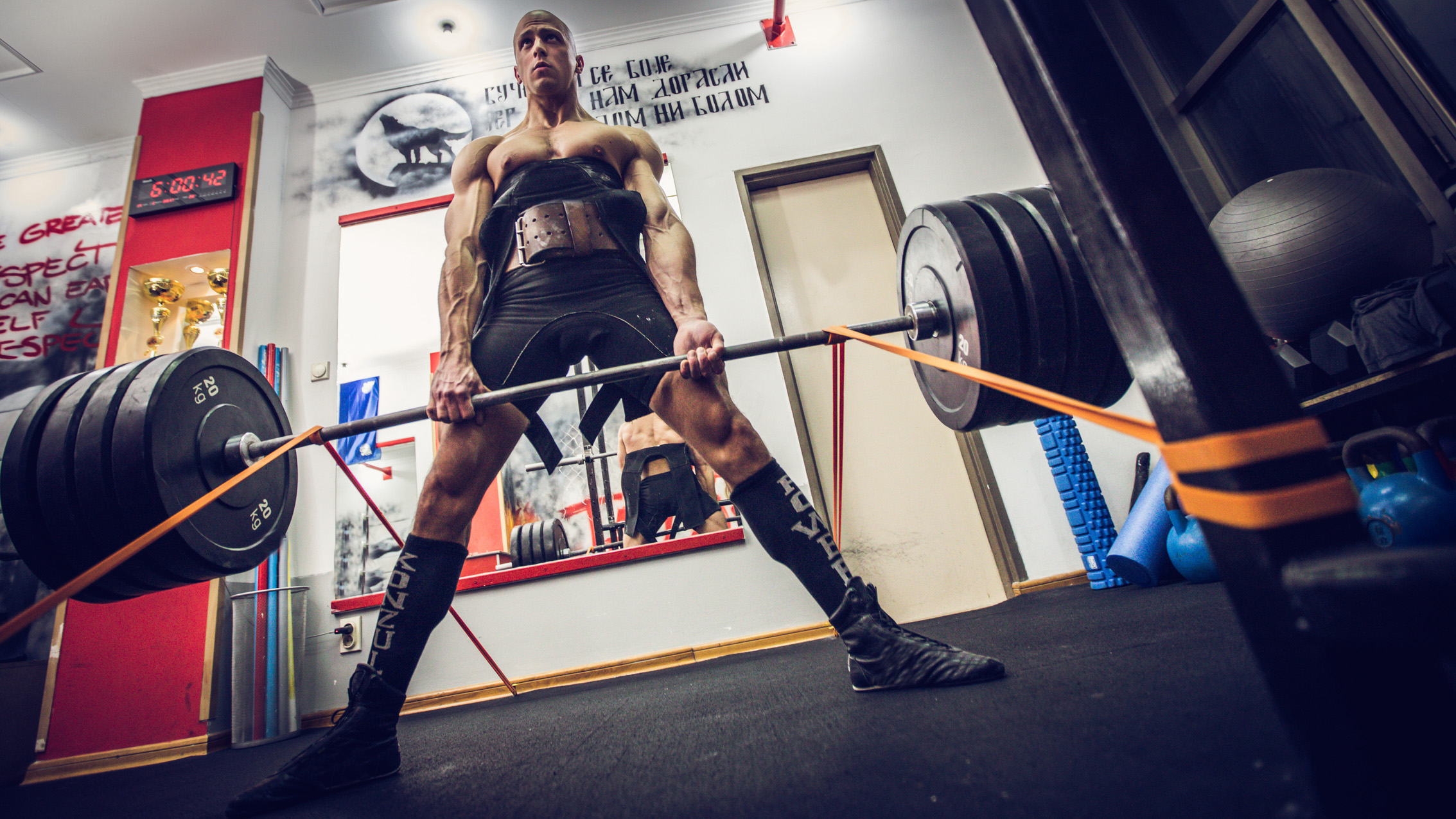A simple brain trick that helped me set a new bench press personal best
Obliterate your bench PB with a simple hack; works for other exercises, too



I love setting new bench press personal bests, or PBs for short, and I'm probably not alone with this. That feeling of knowing that you're making good progress is unbeatable but somewhat elusive, sadly. Not anymore, though! I use a simple brain hack that tricks my muscles into thinking they are lifting less than they actually are.
Now, I completely agree that resistance training - using any type of resistance to build muscle - is not just about lifting heavier weights all the time. Working with dumbbells and barbells can strengthen joints, boost metabolism and make you stronger, just to mention a few benefits. But workout regimes can get stale if you aren't making progress. Or when you feel like you aren't making progress.
The easiest way to get out of an exercise rut is to set milestones and try to hit them. Runners have their races to keep them going; lifters have their PBs. To attempt a PB, you need your muscles and mind to be well-rested and ready for the challenge. And using the trick I'm about to show you wouldn't hurt either.
Setting a new PB: What's your 1RM?
PBs are best measured by working out your one-rep-max, or 1RM for short. 1RM can be calculated quite easily using online tools. Just search 'one-rep max calculator' and there will be plenty of options to choose from.
For example, if you're doing bench press sets with 60 kg, eight reps per set, your 1RM is 74.5 kg. In theory, that's the weight you can lift once before fatigue sets in. Knowing your 1RM is a good way to keep track of where you are in your training because no matter how many reps you're doing, it can always be translated back into your 1RM.

Setting a new PB: tricking the nervous sytem
Once you determine your 1RM, it's to set that new PB. What you want to do is trick your nervous system into thinking you're lifting heavier weights than you actually are by priming them with heavier weights.
Let me explain. Let's say your 1RM in bench press is 74.5 kg mentioned above, and you're planning on hitting 80 kg as a new PB. First, you want to do a proper warm-up like you usually do before starting the workout.
Get all the latest news, reviews, deals and buying guides on gorgeous tech, home and active products from the T3 experts
Once you're ready for the lift, load the bar up with more weight than your PB attempt will be. If you're trying to hit 80 kg, have 90 kg on the bar. Then, lift the bar off the rack, hold it for around 10 seconds, and then re-rack.
This hack will make your nervous system think you'll be working with 90 kilos, not 80. Once you adjust the weights back down to 80 kg, it will feel lighter despite the overall weight still being heavier than your 1RM.
The only thing left to do is to smash that PB!
Setting a new PB: caveats
Before you jump on your weight bench to try this technique, there are a few things to keep in mind.
You might be tricking your muscles into thinking they are lifting lighter weights but they aren't, so be extra careful when attempting a heavy lift. If you haven't slept well or had any niggling pain, you might not want to push yourself too much.
It's highly recommended to have a spotter with you when you're lifting more weight than ever before. Spotters are people who stand next to you and can help you lift the weight off you in case your attempt falls through. Having a workout buddy can be quite motivational, too.
Finally, this trick only works for single lift attempts. Although you can convince your nervous system that the weight you're trying to lift is heavy once, it will eventually catch on and realise its mistake. Don't try to go crazy and push more than your 1RM more than once.
This feature is part of T3's Get Fit 2022 campaign. We’ll be bringing you a wealth of guides, features, deals and news to help you get healthy, fit and ready for anything the new year can throw at you. Whether you’re a newcomer to fitness or someone with a passion for it, we’ll bring you all the best workouts, diet advice and gear to set you on the right track.

Matt Kollat is a journalist and content creator who works for T3.com and its magazine counterpart as an Active Editor. His areas of expertise include wearables, drones, fitness equipment, nutrition and outdoor gear. He joined T3 in 2019. His byline appears in several publications, including Techradar and Fit&Well, and more. Matt also collaborated with other content creators (e.g. Garage Gym Reviews) and judged many awards, such as the European Specialist Sports Nutrition Alliance's ESSNawards. When he isn't working out, running or cycling, you'll find him roaming the countryside and trying out new podcasting and content creation equipment.
